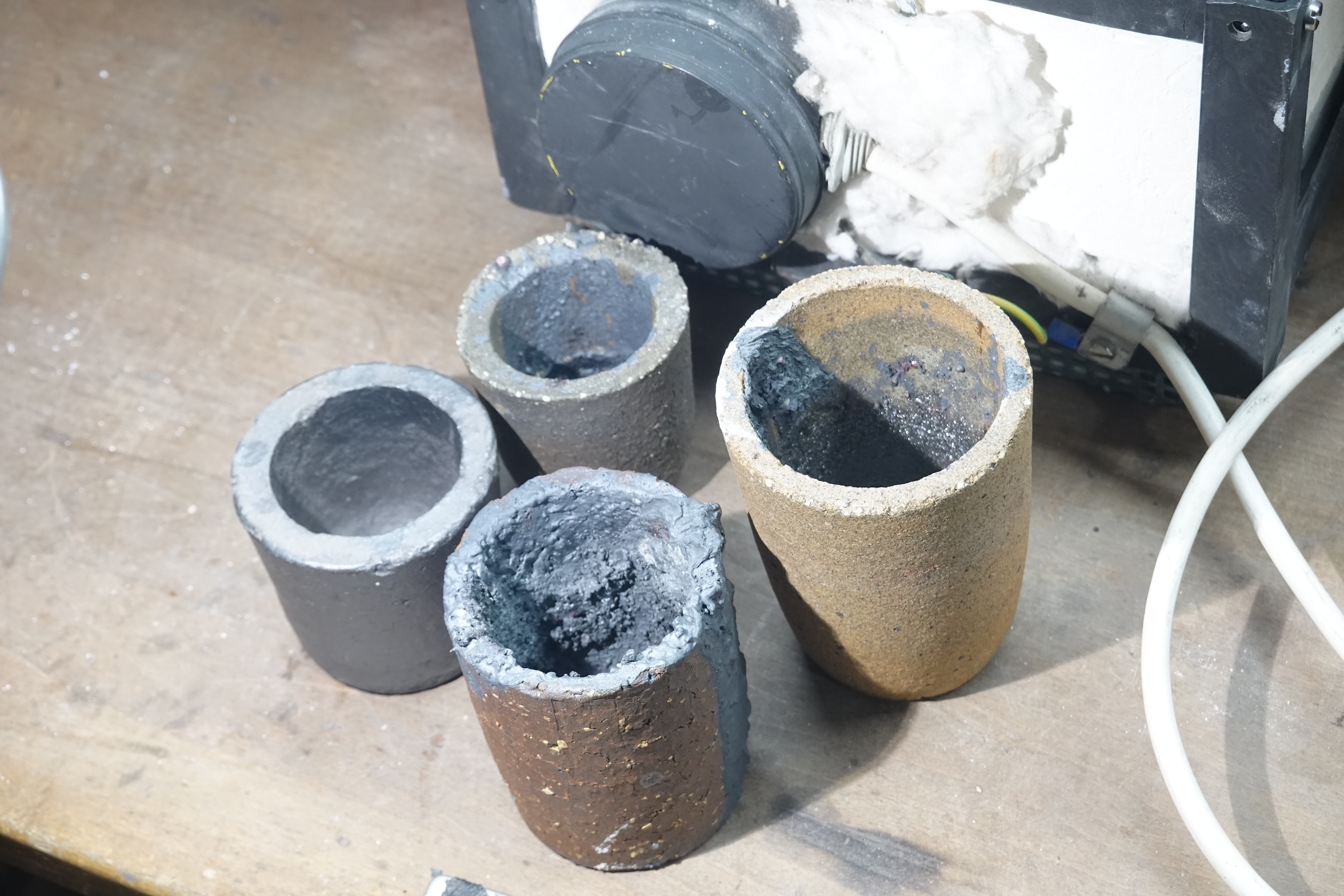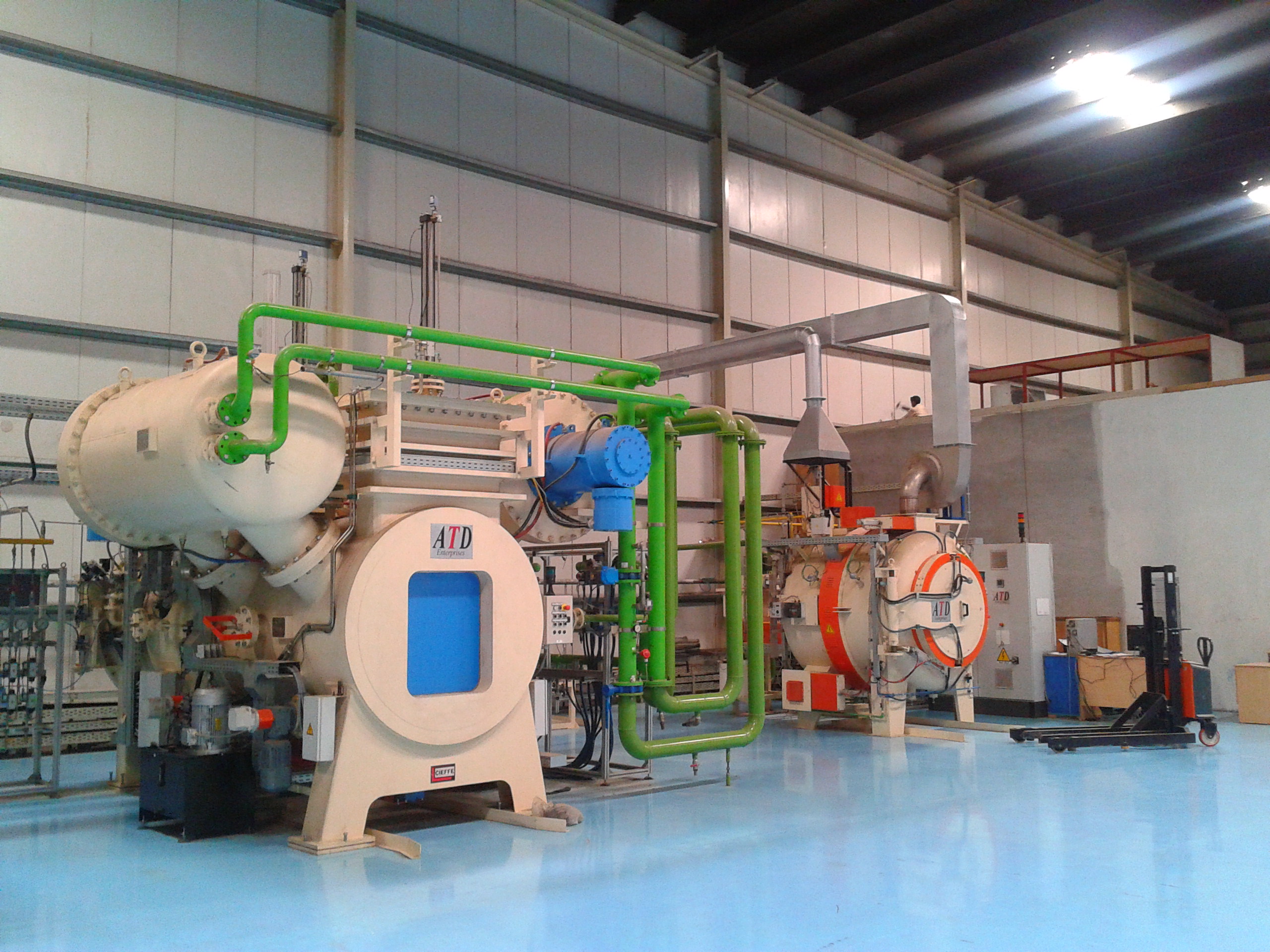|
Frizzen
The frizzen, historically called the "hammer" or the steel,This may appear anomalous since, in later firearm designs (e.g. percussion locks), the component operating in the same manner as the ''cock'' is called the hammer. is an L-shaped piece of steel hinged at the front used in flintlock firearms. The frizzen is held in one of two positions, opened or closed, by a leaf spring. When closed, it is positioned over the flash pan so as to enclose a small priming charge of black powder next to the flash hole that is drilled through the barrel into which the main charge has been loaded. When the trigger is pulled, the cock, which holds a shaped piece of flint clamped in a set of jaws with a scrap of leather or thin piece of lead, snaps forward causing the flint to scrape downward along the frizzen's face (historically called the 'battery'), throwing it forward into the open position and exposing the priming powder. The flint scraping along the steel causes a shower of sparks to be throw ... [...More Info...] [...Related Items...] OR: [Wikipedia] [Google] [Baidu] |
Flintlock
Flintlock is a general term for any firearm that uses a flint-striking lock (firearm), ignition mechanism, the first of which appeared in Western Europe in the early 16th century. The term may also apply to a particular form of the mechanism itself, also known as the ''flintlock mechanism, true flintlock'', that was introduced in the early 17th century, and gradually replaced earlier firearm-ignition technologies, such as the matchlock, the wheellock, and the earlier flintlock mechanisms such as the snaplock and snaphaunce. The true flintlock continued to be in common use for over two centuries, replaced by percussion cap and, later, the Cartridge (firearms), cartridge-based systems in the early-to-mid 19th century. Although long superseded by modern firearms, flintlock weapons enjoy continuing popularity with Black powder, black-powder shooting enthusiasts. History French court gunsmith Marin le Bourgeoys made a firearm incorporating a flintlock mechanism for King Louis XIII ... [...More Info...] [...Related Items...] OR: [Wikipedia] [Google] [Baidu] |
Snaphaunce
Swedish snaphance guns from the mid 17th century A snaphance or snaphaunce is a type of firearm lock in which a flint struck against a striker plate above a steel pan ignites the priming powder which fires the gun. It is the mechanical progression of the wheellock firing mechanism, and along with the miquelet lock and doglock are predecessors of the flintlock mechanism. The name is Dutch in origin but the mechanism cannot be attributed to the Netherlands with certainty. Examples of this firearm can be found in Europe, North Africa, and the Middle East. Design Like the earlier snaplock and later flintlock, the snaphance drives flint onto steel to create a shower of sparks to ignite the priming powder in the pan, the flash partly passing through the touch hole into the barrel where it ignites the main charge (propellant). The flint is held in a clamp at the end of a bent lever called the cock. Upon pulling the trigger, this moves forward under the pressure of a strong ... [...More Info...] [...Related Items...] OR: [Wikipedia] [Google] [Baidu] |
Miquelet
Miquelet lock is a modern term used by collectors and curators for a type of firing mechanism used in muskets and pistols. It is a distinctive form of snaplock, originally as a flint-against-steel ignition form, once prevalent in the Spanish Empire, Spanish, Portuguese Empire, Portuguese, and Ottoman Empire, Ottoman empires, Italy, Greece, Russia, Ukraine, North Africa, and the Balkans from the late 16th to the mid-19th century. The term ''miquelet lock'' was not recorded until the 19th century, long after the appearance of the mechanism in the 16th century, and is of uncertain origin. One commonly held view is that it was coined by British troops in the Peninsular War to describe the style of musket used by the Miquelet (militia), Miquelet militia that had been assigned to the Peninsular Army of the Arthur Wellesley, 1st Duke of Wellington, Duke of Wellington. In most of Spain, it was traditionally called the ''llave de rastrillo'' ("rake lock"), and in Catalonia and Valenci ... [...More Info...] [...Related Items...] OR: [Wikipedia] [Google] [Baidu] |
Firearms
A firearm is any type of gun that uses an explosive charge and is designed to be readily carried and operated by an individual. The term is legally defined further in different countries (see legal definitions). The first firearms originated in 10th-century China, when bamboo tubes containing gunpowder and pellet projectiles were mounted on spears to make the portable fire lance, operable by a single person, which was later used effectively as a shock weapon in the siege of De'an in 1132. In the 13th century, fire lance barrels were replaced with metal tubes and transformed into the metal-barreled hand cannon. The technology gradually spread throughout Eurasia during the 14th century. Older firearms typically used black powder as a propellant, but modern firearms use smokeless powder or other explosive propellants. Most modern firearms (with the notable exception of smoothbore shotguns) have rifled barrels to impart spin to the projectile for improved flight stability. ... [...More Info...] [...Related Items...] OR: [Wikipedia] [Google] [Baidu] |
Percussion Lock
The percussion cap, percussion primer, or caplock, introduced in the early 1820s, is a type of single-use percussion ignition device for muzzle loader firearm locks enabling them to fire reliably in any weather condition. Its invention gave rise to the caplock mechanism or percussion lock system which used percussion caps struck by the hammer to set off the gunpowder charge in rifles and cap and ball firearms. Any firearm using a caplock mechanism is a percussion gun. Any long gun with a cap-lock mechanism and rifled barrel is a percussion rifle. Cap and ball describes cap-lock firearms discharging a single bore-diameter spherical bullet with each shot. Description The percussion cap is a small cylinder of copper or brass with one closed end. Inside the closed end is a small amount of a shock-sensitive explosive material such as mercury fulminate (discovered in 1800; it was the only practical detonator used from about the mid-19th century to the early 20th century). ... [...More Info...] [...Related Items...] OR: [Wikipedia] [Google] [Baidu] |
Flint
Flint, occasionally flintstone, is a sedimentary cryptocrystalline form of the mineral quartz, categorized as the variety of chert that occurs in chalk or marly limestone. Historically, flint was widely used to make stone tools and start fires. Flint occurs chiefly as nodules and masses in sedimentary rocks, such as chalks and limestones.''The Flints from Portsdown Hill'' Inside the nodule, flint is usually dark grey or black, green, white, or brown in colour, and has a glassy or waxy appearance. A thin, oxidised layer on the outside of the nodules is usually different in colour, typically white and rough in texture. The nodules can often be found along s and [...More Info...] [...Related Items...] OR: [Wikipedia] [Google] [Baidu] |
Glossary Of Firearms Terminology
The following are terms related to firearms and topics. A B C D E F G H I J K L M N O P R S ... [...More Info...] [...Related Items...] OR: [Wikipedia] [Google] [Baidu] |
Diffusion
Diffusion is the net movement of anything (for example, atoms, ions, molecules, energy) generally from a region of higher concentration to a region of lower concentration. Diffusion is driven by a gradient in Gibbs free energy or chemical potential. It is possible to diffuse "uphill" from a region of lower concentration to a region of higher concentration, as in spinodal decomposition. Diffusion is a stochastic process due to the inherent randomness of the diffusing entity and can be used to model many real-life stochastic scenarios. Therefore, diffusion and the corresponding mathematical models are used in several fields beyond physics, such as statistics, probability theory, information theory, neural networks, finance, and marketing. The concept of diffusion is widely used in many fields, including physics (Molecular diffusion, particle diffusion), chemistry, biology, sociology, economics, statistics, data science, and finance (diffusion of people, ideas, data and price v ... [...More Info...] [...Related Items...] OR: [Wikipedia] [Google] [Baidu] |
Crucible
A crucible is a container in which metals or other substances may be melted or subjected to very high temperatures. Although crucibles have historically tended to be made out of clay, they can be made from any material that withstands temperatures high enough to melt or otherwise alter its contents. History Typology and chronology The form of the crucible has varied through time, with designs reflecting the process for which they are used, as well as regional variation. The earliest crucible forms derive from the sixth/fifth millennium B.C. in Eastern Europe and Iran. Chalcolithic Crucibles used for copper smelting were generally wide shallow vessels made from clay that lacks refractory properties which is similar to the types of clay used in other ceramics of the time. During the Chalcolithic period, crucibles were heated from the top by using blowpipes.Hauptmann A., 2003, ''Developments in copper Metallurgy During the Fourth and Third Millennia B.C. at Feinan'', Jordan, P ... [...More Info...] [...Related Items...] OR: [Wikipedia] [Google] [Baidu] |
Carburization
Carburizing, or carburising, is a heat treatment process in which iron or steel absorbs carbon while the metal is heated in the presence of a carbon-bearing material, such as charcoal or carbon monoxide. The intent is to make the metal harder and more wear resistant. Depending on the amount of time and temperature, the affected area can vary in carbon content. Longer carburizing times and higher temperatures typically increase the depth of carbon diffusion. When the iron or steel is cooled rapidly by quenching, the higher carbon content on the outer surface becomes hard due to the transformation from austenite to martensite, while the core remains soft and tough as a ferritic and/or pearlite microstructure. This manufacturing process can be characterized by the following key points: It is applied to low-carbon workpieces; workpieces are in contact with a high-carbon gas, liquid or solid; it produces a hard workpiece surface; workpiece cores largely retain their toughness an ... [...More Info...] [...Related Items...] OR: [Wikipedia] [Google] [Baidu] |
Breech-loading Weapon
A breechloader is a firearm in which the user loads the ammunition from the breech end of the barrel (i.e., from the rearward, open end of the gun's barrel), as opposed to a muzzleloader, in which the user loads the ammunition from the ( muzzle) end of the barrel. The vast majority of modern firearms are generally breech-loaders, while firearms made before the mid-19th century were mostly smoothbore muzzle-loaders. Only a few muzzleloading weapons, such as mortars, rifle grenades, some rocket launchers, such as the Panzerfaust 3 and RPG-7, and the GP series grenade launchers, have remained in common usage in modern military conflicts. However, referring to a weapon explicitly as breech-loading is mostly limited to weapons where the operator loads ammunition by hand (and not by operating a mechanism such as a bolt-action), such as artillery pieces or break-action small arms. Breech-loading provides the advantage of reduced reloading time because it is far quicker to load t ... [...More Info...] [...Related Items...] OR: [Wikipedia] [Google] [Baidu] |








